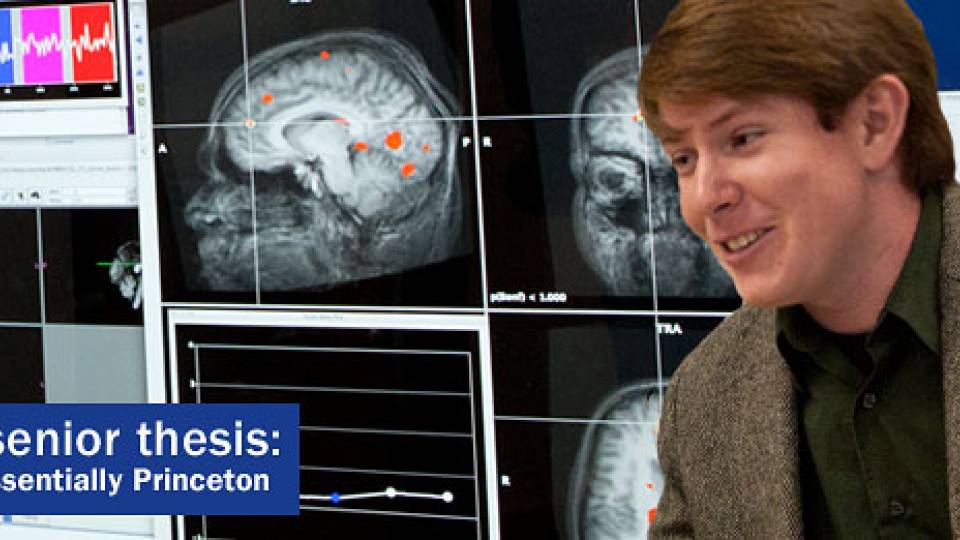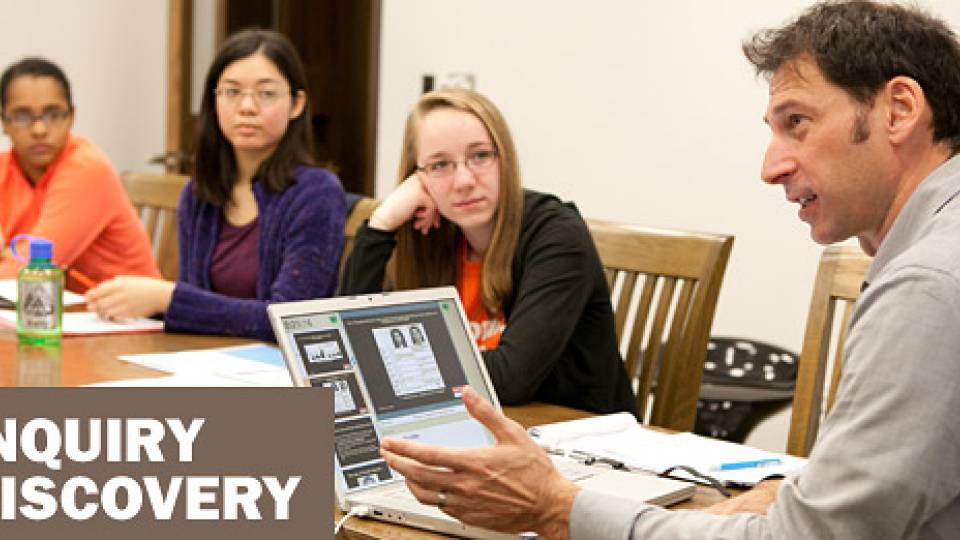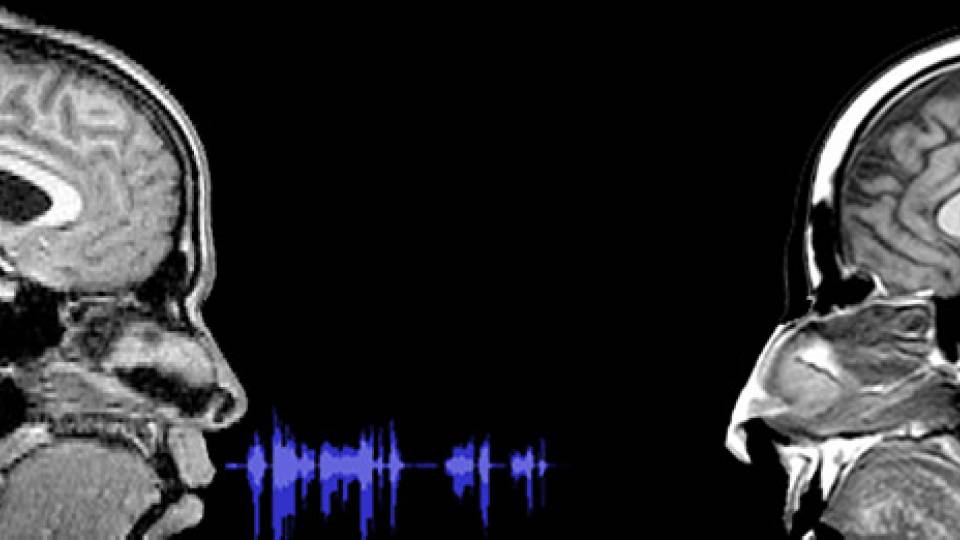We may be taught not to judge a book by its cover, but when we see a
new face, our brains decide whether a person is attractive and
trustworthy within a tenth of a second, according to recent Princeton
research.
Princeton University psychologist Alex Todorov has
found that people respond intuitively to faces so rapidly that our
reasoning minds may not have time to influence the reaction -- and that
our intuitions about attraction and trust are among those we form the
fastest.
"The link between facial features and character may
be tenuous at best, but that doesn't stop our minds from sizing other
people up at a glance," said Todorov, an assistant professor of psychology.
"We decide very quickly whether a person possesses many of the traits
we feel are important, such as likeability and competence, even though
we have not exchanged a single word with them. It appears that we are
hard-wired to draw these inferences in a fast, unreflective way."
Todorov
and co-author Janine Willis, a student researcher who graduated from
Princeton in 2005, used timed experiments and found that snap judgments
on character are often formed with insufficient time for rational
thought. They published their research in the July issue of the journal
Psychological Science.
The study formed part of Willis' senior
thesis work, which was inspired by an earlier paper by Todorov
investigating the outcome of a political campaign.
"I had done
studies with my students that found there was a direct correlation
between how competent a campaigning politician's face was and how great
his margin of victory turned out in the final election," Todorov said
of his earlier work, published in the journal Science last year. "We
might assume that our judgments are founded on deliberate and rational
thought processes, but observers had made their judgments about
politicians based on a one-second look at their faces. I mentioned the
findings to Janine, who suggested we look into just how fast we form
these (judgments about) character traits."
For the current
study, the two researchers conducted several experiments on about 200
people. For one experiment, the researchers asked observers to look at
66 different faces for one of three time durations: either 100
milliseconds, 500 milliseconds or a full second. After each face
flashed on the screen and vanished, the observers marked whether they
found the face to be trustworthy or not, and also how confident they
were in their analysis. Other experiments conducted in similar fashion
tested for different specific traits, such as likeability and
competence.
"What we found was that, if given more time,
people's fundamental judgment about faces did not change," Todorov
said. "Observers simply became more confident in their judgments as the
duration lengthened."
Why the brain makes such snap judgments is
not yet entirely clear, Todorov said. However, he often works with a
sophisticated technological tool for probing brain activity called a
functional magnetic resonance imager (fMRI), and Todorov said some of
his general research suggests that the part of the brain that responds
directly to fear may be involved in judgments of trustworthiness.
"The
fear response involves the amygdala, a part of the brain that existed
in animals for millions of years before the development of the
prefrontal cortex, where rational thoughts come from," he said. "We
imagine trust to be a rather sophisticated response, but our
observations indicate that trust might be a case of a high-level
judgment being made by a low-level brain structure. Perhaps the signal
bypasses the cortex altogether."
The research, Todorov said,
explores some of the same topics addressed in "Blink," the recent
best-selling book by New York journalist Malcolm Gladwell about the
rapid cognition our minds experience when making decisions quickly,
especially those based on first impressions made in the "blink" of an
eye. Gladwell, who is often described as a type of popular sociologist,
has said the impetus for his book was the rapid judgments people made
about him because of his long hair.
"This paper's results
concern specific mechanisms in the mind, while 'Blink' makes broader
generalizations," Todorov said. "Gladwell's basic message is not
essentially different from ours, though he views snap judgments to be
primarily rational in nature. Our research finds that this is often the
case, but not always."
Todorov cautioned that his findings do
not imply, however, that quick first impressions cannot be overcome by
the rational mind.
"As time passes and you get to know people,
you, of course, develop a more rounded conception of them," he said.
"But because we make these judgments without conscious thought, we
should be aware of what is happening when we look at a person's face."
What aspects of a face inspire such judgments remain undetermined, Todorov said.
"We
still don't know the physical features of a face that lead to a
particular trait inference," he said. "We know generally what makes a
face attractive, such as its symmetry, the proportions of its parts and
the like. But what is it about a face that makes you think its owner is
an essentially competent person? That's the subject of another study,
one that needs to be done."
This research was sponsored in part by the National Science Foundation.
Abstract
First Impressions: Making Up Your Mind After a 100-Ms Exposure to a Face
Janine Willis and Alexander Todorov, Princeton University
People
often draw trait inferences from the facial appearance of other people.
We investigated the minimal conditions under which people make such
inferences. In five experiments, each focusing on a specific trait
judgment, we manipulated the exposure time of unfamiliar faces.
Judgments made after a 100-ms exposure correlated highly with judgments
made in the absence of time constraints, suggesting that this exposure
time was sufficient for participants to form an impression. In fact,
for all judgments — attractiveness, likeability, trustworthiness,
competence, and aggressiveness—increased exposure time did not
significantly increase the correlations. When exposure time increased
from 100 to 500 ms, participants’ judgments became more negative,
response times for judgments decreased, and confidence in judgments
increased. When exposure time increased from 500 to 1,000 ms, trait
judgments and response times did not change significantly (with one
exception), but confidence increased for some of the judgments; this
result suggests that additional time may simply boost confidence in
judgments. However, increased exposure time led to more differentiated
person impressions.



